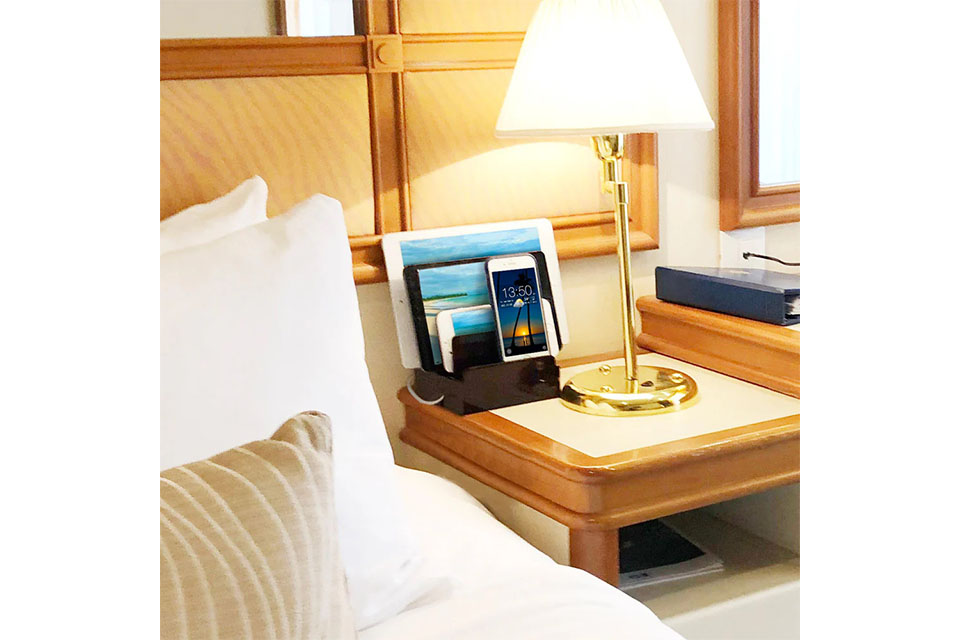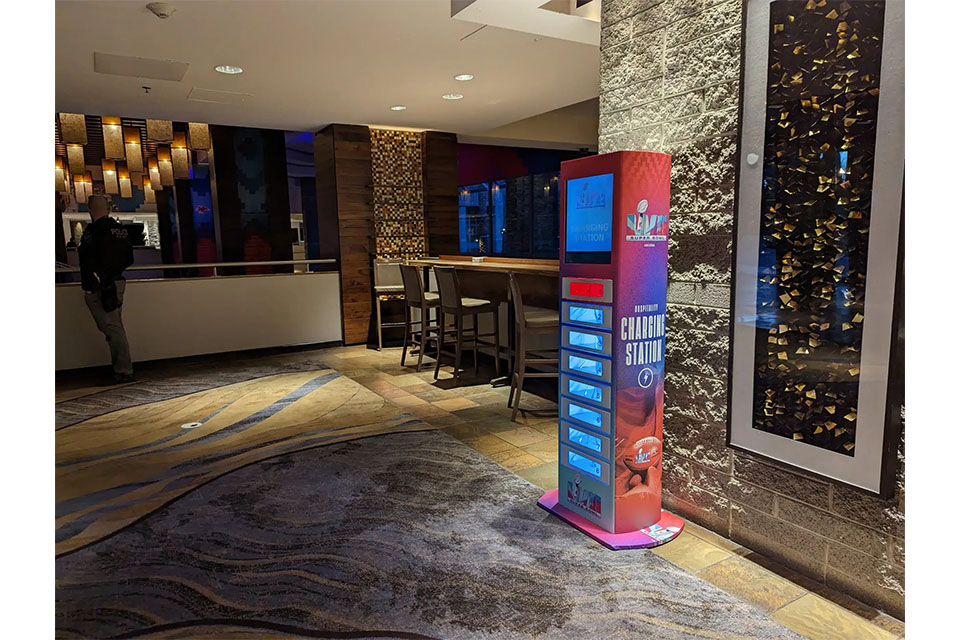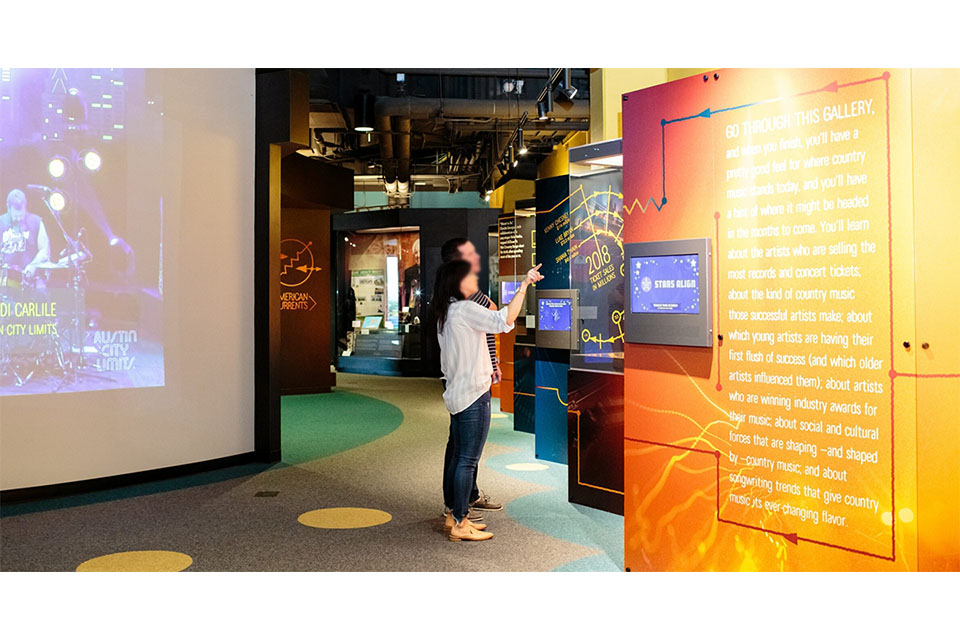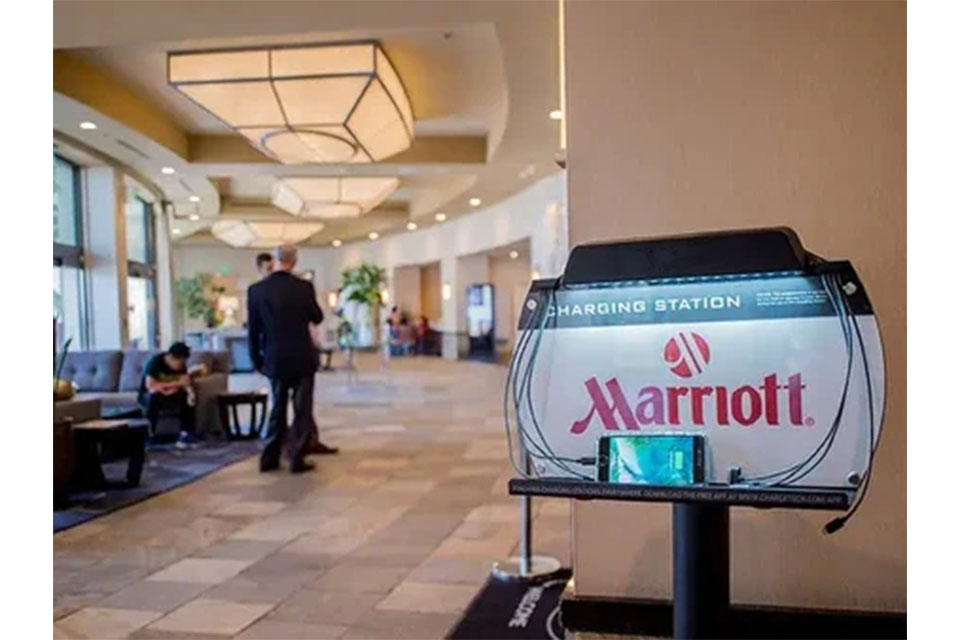Charging Cabinets:The Hidden Tool to Enhance Guest Satisfaction
Summary
Charging Cabinets are specialized storage solutions designed to enhance guest satisfaction by providing secure and efficient charging options for electronic devices in hospitality settings. As the reliance on technology continues to grow among travelers, charging cabinets have emerged as essential amenities that cater to the needs of modern guests, reflecting broader trends in customer service and convenience within the hospitality industry. Their integration into hotels and other commercial spaces not only improves guest experiences but also signals a commitment to sustainability and customer care, making them a notable innovation in enhancing service offerings.
In summary, charging cabinets represent a pivotal shift in how hotels and commercial establishments cater to the needs of tech-savvy travelers. As the market for these solutions continues to expand, their role in enhancing guest experiences, supporting sustainability initiatives, and providing a competitive advantage highlights their growing significance in the hospitality industry.
Features of Charging Cabinets
Charging cabinets are designed with a variety of features aimed at enhancing user experience and safety, particularly in hospitality settings.
Safety Mechanisms
One of the primary safety features of charging cabinets is their built-in protection against electrical overloads and short circuits. Each cabinet is equipped with an in-built electrical system that provides multiple power points for battery charging, ensuring that devices can be charged safely while stored within the cabinet. This functionality is essential in preventing potential hazards associated with charging multiple devices simultaneously.
Environmental Resilience
The design of charging cabinets is crucial for their functionality and longevity. They are built to withstand various environmental conditions, from extreme temperatures to moisture and dust, making them suitable for both indoor and outdoor settings. This resilience is particularly important for charging stations located in public areas, as they need to maintain operational integrity regardless of external factors.
User-Friendly Interface
A key feature of these cabinets is their user-friendly interface, which often includes touch screens and intuitive controls. This design makes the charging process straightforward, even for first-time users. Furthermore, many modern charging cabinets integrate smart technologies that allow for real-time data tracking, usage analytics, and remote troubleshooting, which enhances both user experience and operational efficiency.
Charging Capabilities
Charging cabinets are equipped to handle the needs of multiple devices, catering to the modern traveler's reliance on technology. For instance, models like the VersaPick USB outlet are compact and designed for easy integration into various settings, such as nightstands or desks, offering guests quick access to charging. Additionally, advanced power strips like the VersaFlap Dual 2.0 facilitate convenient charging in shared spaces, promoting accessibility and organization by allowing outlets to be neatly closed when not in use.
Modular and Customizable Designs
The modular design of charging cabinets allows for versatile placement in different environments, including residential complexes, commercial premises, and public charging stations. These cabinets can often be customized to meet specific needs, addressing the unique requirements of various sectors such as retail and healthcare. This adaptability enhances their value proposition by ensuring that they can serve a wide range of customer needs efficiently.
Benefits for Businesses
Charging cabinets offer a range of benefits for businesses, significantly enhancing customer experience and satisfaction while also contributing to operational efficiencies.
Competitive Advantage
Incorporating charging stations can provide a significant competitive edge in a crowded market. By enhancing the customer experience and demonstrating attentiveness to guest needs, businesses can differentiate themselves from competitors who do not offer such conveniences. This differentiation can lead to increased revenue, as satisfied customers are more likely to spend more during their visits and return in the future.
Enhanced Customer Experience
The provision of charging stations for devices directly correlates with improved guest experiences. By offering amenities such as phone charging stands or multi-device charging kiosks, businesses can cater to the modern shopper’s need for digital access, which boosts customer satisfaction and encourages longer visits. This convenience transforms a routine trip into a more enjoyable experience, making customers feel valued and considered by the business.
Increased Customer Loyalty
The presence of charging stations signals a business's commitment to customer care and satisfaction. When customers recognize that a business proactively addresses their needs, it fosters trust and loyalty. Research indicates that thoughtful amenities can enhance customer perceptions, making them more likely to return and recommend the business to others, thus driving repeat visits and new customer acquisition through positive word-of-mouth.
Cost Savings and Efficiency
Strategically positioned charging stations not only improve customer satisfaction but also enhance operational efficiency. By reducing downtime for guests waiting for device recharges, businesses can maximize foot traffic and improve turnover rates. Moreover, a well-implemented charging solution can mitigate risks associated with overloaded circuits or cable management issues, leading to safer and more efficient environments for both guests and staff.
Environmental Impact
Charging cabinets also support sustainability efforts within businesses. As customers become increasingly aware of environmental issues, providing energy-efficient charging options aligns with consumer values. This can enhance the brand's reputation and attract eco-conscious customers, further contributing to overall business growth and community involvement.
Market Trends
The market for charging cabinets, particularly in the context of shared charging solutions and electric vehicle (EV) infrastructure, is experiencing significant growth driven by technological innovation, evolving consumer preferences, and regulatory changes. By 2033, the Laptop Charging Cabinet Market is projected to reach USD 0.64 billion, highlighting the growing demand for these products in various sectors, including hospitality and transportation hubs.
Technological Advancements
Key trends influencing the market include the integration of Internet of Things (IoT) technology, which facilitates real-time monitoring and predictive maintenance of charging cabinets. This technological shift enhances operational efficiency and user engagement, making the charging process more seamless for consumers. The U.S. market is particularly affected by advancements in modular designs and customizable features, allowing businesses to tailor charging solutions to their specific needs. This adaptability is essential for addressing the diverse requirements of different sectors, thereby increasing the overall value proposition of charging cabinets.
Consumer Preferences
There is a notable increase in consumer demand for eco-friendly and energy-efficient charging solutions. As sustainability becomes a priority for consumers, manufacturers are responding by incorporating environmentally friendly materials and energy-saving features into their products. This trend aligns with the regulatory shifts being implemented by agencies such as the Environmental Protection Agency (EPA), which are setting stricter guidelines to promote energy efficiency and consumer data protection.
Growth Projections
As businesses increasingly adopt charging-as-a-service (CaaS) models, the market is expected to see a compound annual growth rate (CAGR) of 23.9% from 2024 to 2030 in the U.S. CaaS not only supports the electric vehicle industry but also provides a sustainable and accessible charging experience for users. This trend indicates a robust future for charging cabinets as integral components of the growing EV ecosystem, positioning them as essential tools for enhancing guest satisfaction in various commercial settings.
Case Studies
Customer Experience Enhancements
Hotel room cabinets equipped with integrated charging stations serve as a prime example of enhancing guest satisfaction. These multifunctional cabinets not only provide storage for guests' belongings but also offer a convenient solution for charging multiple devices simultaneously. With the rise of digital technology and the need for constant connectivity, hotels adopting these charging solutions report higher guest engagement and satisfaction levels, as travelers often prefer accommodations that cater to their technological needs.
Positive Feedback and Market Adaptation
Research shows that approximately 85% of satisfied guests are likely to share their positive experiences, creating organic marketing opportunities for hotels that prioritize guest comfort and convenience through innovative amenities like charging cabinets. Moreover, as hotels adapt to the evolving needs of travelers, the incorporation of charging infrastructure has become a strategic priority, reinforcing brand loyalty and encouraging repeat visits. For instance, properties that have enhanced their room features with charging cabinets have seen customer satisfaction ratings improve substantially, with reports indicating a 30% increase in positive feedback.
User Experience
The implementation of charging cabinets in hotel environments significantly enhances guest satisfaction by addressing the growing demand for mobile device charging solutions. A recent survey revealed that 70% of guests prefer accessible charging options during their stay, indicating that such amenities can substantially improve their overall experience. By providing convenient locations for guests to charge their devices, hotels can reduce concerns about battery life and enhance the sense of hospitality.
Technology Integration
Integrating charging cabinets with existing hotel technology can streamline the guest experience further. For instance, hotels can utilize mobile apps to notify guests of the nearest charging station's availability and status, facilitating seamless access. Additionally, implementing smart charging solutions that adapt to the number of devices and their power requirements can optimize charging efficiency, catering to diverse guest needs.
Personalized Experiences
Personalization plays a crucial role in enhancing user experience. By equipping charging cabinets with RFID technology, hotels can allow guests to store their devices securely while they explore the property. This not only fosters a sense of safety but also encourages guests to utilize hotel amenities without the worry of their devices being stolen or lost. Furthermore, hotels can gather data on charging habits, enabling them to tailor future services and promotions, thereby creating a more personalized stay.
Feedback Mechanisms
Establishing feedback mechanisms related to charging cabinet use can provide valuable insights into guest preferences and pain points. Automated post-checkout surveys can gauge the effectiveness of charging solutions, allowing hotel management to adjust services based on real-time guest feedback. Studies have shown that engaging with guest reviews can increase satisfaction by up to 25%. By actively responding to concerns regarding charging infrastructure, hotels can demonstrate a commitment to continuous improvement, which is vital for enhancing the overall guest experience.
Enhanced Operations
Beyond direct guest interactions, charging cabinets can also streamline hotel operations. By incorporating data analytics, hotels can monitor the usage patterns of charging cabinets, allowing for more informed decisions regarding maintenance and resource allocation. This not only ensures that facilities remain functional but also aligns service with occupancy rates, minimizing disruptions during peak times.
 Mobile Charging Cabinets: Power on the Go for Exhibitions and Concerts
Mobile Charging Cabinets: Power on the Go for Exhibitions and Concerts
 How Charging Cabinets Improve Attendee Experience at Conferences
How Charging Cabinets Improve Attendee Experience at Conferences
 Declutter Your Office: The Role of Charging Cabinets in Modern Workspaces
Declutter Your Office: The Role of Charging Cabinets in Modern Workspaces


